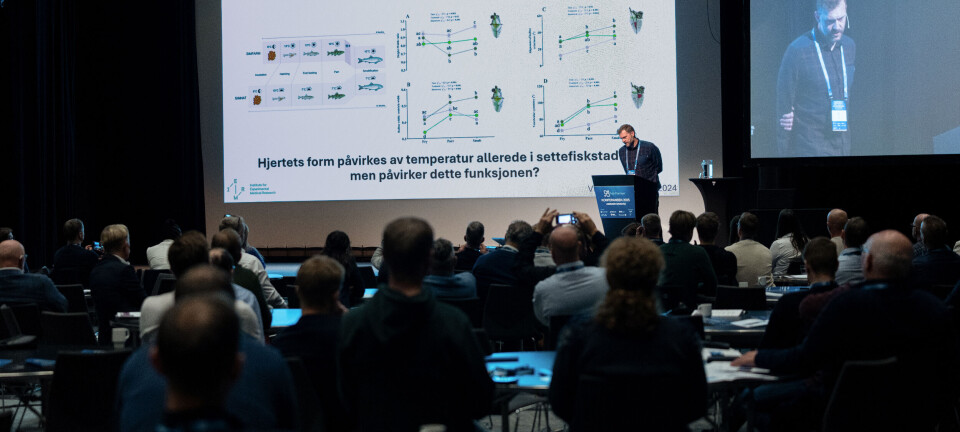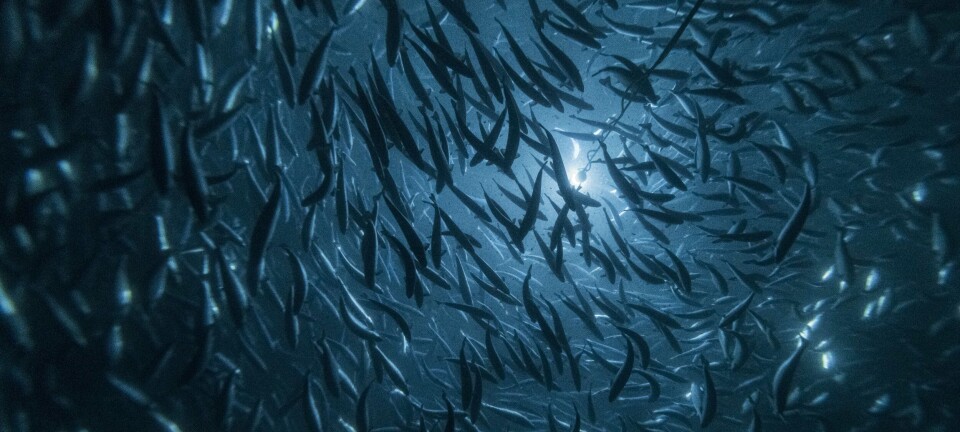
How they will prevent kidney damage in juvenile fish
Richard Torrissen at STIM says the goal is to develop a tool that can detect early changes in calcium and magnesium levels in the fish's kidneys - before it develops into nephrocalcinosis.
Richard Torrissen works as the product manager for SuperSmolt FeedOnly at STIM, and on day two of the Litus Akva / Agano Events Fish Farmer conference held in Sola, southwest Norway recently, he explained that the company is investigating how measurements of total and mineralised calcium and magnesium in the fish's kidneys can be used to detect early imbalances, which can lead to nephrocalcinosis.
"The goal is to develop a method that provides quantitative values for the mineral content in the kidneys, so that changes can be detected before deposits become visible. The method is based on chemical extraction in several steps, where both soluble and mineralised fractions of calcium and magnesium in kidney tissue are measured," he told LandbasedAQ.
Nephrocalcinosis is a condition where calcium and phosphate compounds are deposited in the kidneys. It can impair kidney function, reduce growth, and increase mortality, especially after release into the sea. He pointed out that the condition often shows few visible symptoms before the damage is established, and is usually only discovered during autopsy or histological analyses.

"When we start to see white spots on the kidneys, the damage has already occurred. We wanted to find a way to detect the imbalance earlier - and act before the problem develops," said Torrissen at the podium.
Through several years of work with calcium-sensing receptors (CaSR) - receptors that enable salmon to perceive changes in calcium and magnesium levels both in the water and in its own internal environment - STIM has investigated how such signals affect the fish's physiology.
Used in the field
The work is based on the knowledge that CaSR is also influenced by free tryptophan, which has long been part of STIM's approach to regulating mineral balance and smoltification.
"When CaSR is properly stimulated, it helps to stabilise ion balance and reduce the risk of mineral precipitation in the kidneys."
According to Torrissen, the method is now used in development contexts to measure changes in mineral balance over time, and the results are compared with water quality and feed analyses.
The method is already used in the field with customers as part of research and follow-up work, and is intended to complement today's assessment tools such as visual scoring and histology, and can provide an earlier and more precise measure of imbalance in mineral status.
"Preliminary findings show that increasing amounts of mineralised calcium in the kidneys can be measured already in the early stages."
In the long term, he believes this could provide the industry with a new tool for monitoring mineral balance and risk assessment for nephrocalcinosis.
"When we can measure changes before they become visible, we gain a new basis for understanding the development of nephrocalcinosis - not just recording it," pointed out Torrissen.









































